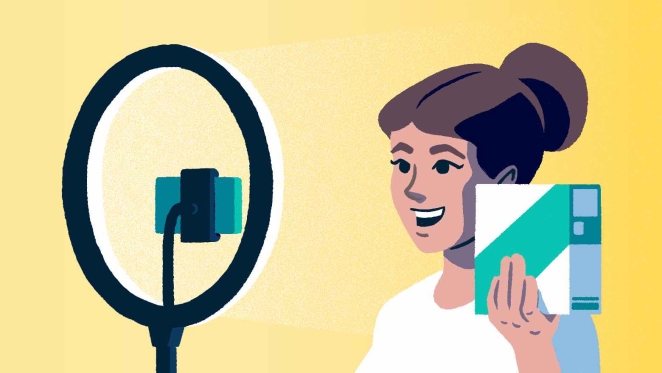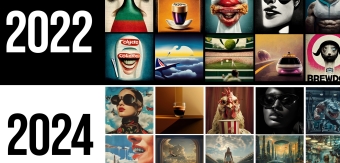With high engagement rates and their ability to “influence” culture, Mark McDermott, Partner at Amplify US, argues Creator Marketing should be in a league of its own.

It wasn’t long ago that communicating to the advocates that used and championed your brand, was very much a one-way dialogue. Brand's appetite to engage, let alone co-author with any audiences was low down in the pecking order. Over recent years we’ve seen brands move into a space that engages their audiences and specifically creators more often and in more meaningful ways.
Leading media and entertainment company NBCUniversal (NBCU) decided traditional coverage of the Olympics wasn’t going to cut it. It appointed a Paris Creator Collective, made up of 27 creators that it will be sending to Paris to cover the games at different key moments in partnership with platforms including TikTok and YouTube.
Follower count, along with audience reach throughout multiple platforms, were high on the criteria with the aim of creating a pop-culture buzz around the games. Creators are often seen as a way to appeal to the Gen Z audience and generate cultural currency. After undergoing its first rebrand since 2008 PepsiCo is leading the change, prioritizing linear TV spend, paid social and creator partnerships.

Eric Melis, VP of global brand marketing at PepsiCo explains that influencer-led activations are part of its ongoing effort to remain culturally relevant. But there are still brands that treat creators as an afterthought rather than the partnership or even marketing channel that they should.
With the birth of the influencer, leveraging their channels, voices and ultimately audiences, has been something that brands have tried to infiltrate, but many have missed a trick in leveraging the very people that are already evangelical about their brand, giving them agent to be the mouthpiece of their brands.
In our recent worldbuilding body of work, we explored the new frontier of brand building. One that effectively looks to pull down the barriers often erected around brands, in order to invite consumers in, allowing them to feel a co-authorship of those brands in more interesting ways.
Creators offer brands a unique audience in that conversation, a consumer that is engaged, invested and gives them access to new audiences in an authentic way. More often than not this is dismissed as more akin to B2B marketing, but this audience is so much more than that.
For many brands, understanding the difference between the creator and consumer audience can be pivotal in creating more authentic connections not only with their existing audiences, but with newer hard to reach audiences, audiences that are inherently inclined to listen to trusted creators.

Brands should not underestimate the power of collaborating with and leveraging an audience that is trusting of its creators, one that almost looks to its creators for guidance, inspiration, knowledge and creativity.
Ensuring that creators feel autonomy over the narrative of the brand, gives them the freedom to storytell in the way they feel works best for them and their audience, creating yet another avenue of collaboration between them and their audience, one that can be incredibly useful to a brand.
However, how brands engage and work with their creators is also of vital importance. Nurturing their creator relationships will ensure a more evangelical line of communication to their respective audiences.
Our recent work with Patreon on their CreatorFest was an excellent example of a creator summit that looked to put creator stories first, and product roadmap second. This ensured that as a community of creators, they felt like they had ownership over the Patreon story of growth, that there was a distinct sense of camaraderie over the challenges they faced as creators.
The product roadmap was a way for the brand to help provide those solutions for them, and way that naturally felt like the extension of the conversation all these creators had been having.
It felt like it was a creator first space, one that provided a platform for them to collaborate and communicate with other creators, one that allowed the brand to listen to them, and one that made the creators feel agency over their space within that ecosystem, meaning they were more likely to bring their respective audiences on the journey with them.

Ultimately for brands, seeing creators as a central audience and marketing channel can help them bring audiences much deeper into the brand for longer, creating a sense of ongoing dialogue and real time feedback on both product and brand.
The very fact that by cultivating and growing a small select but powerful collective of advocates can grow and expand your engaged audience, should be incentive enough for many brands to take note.







